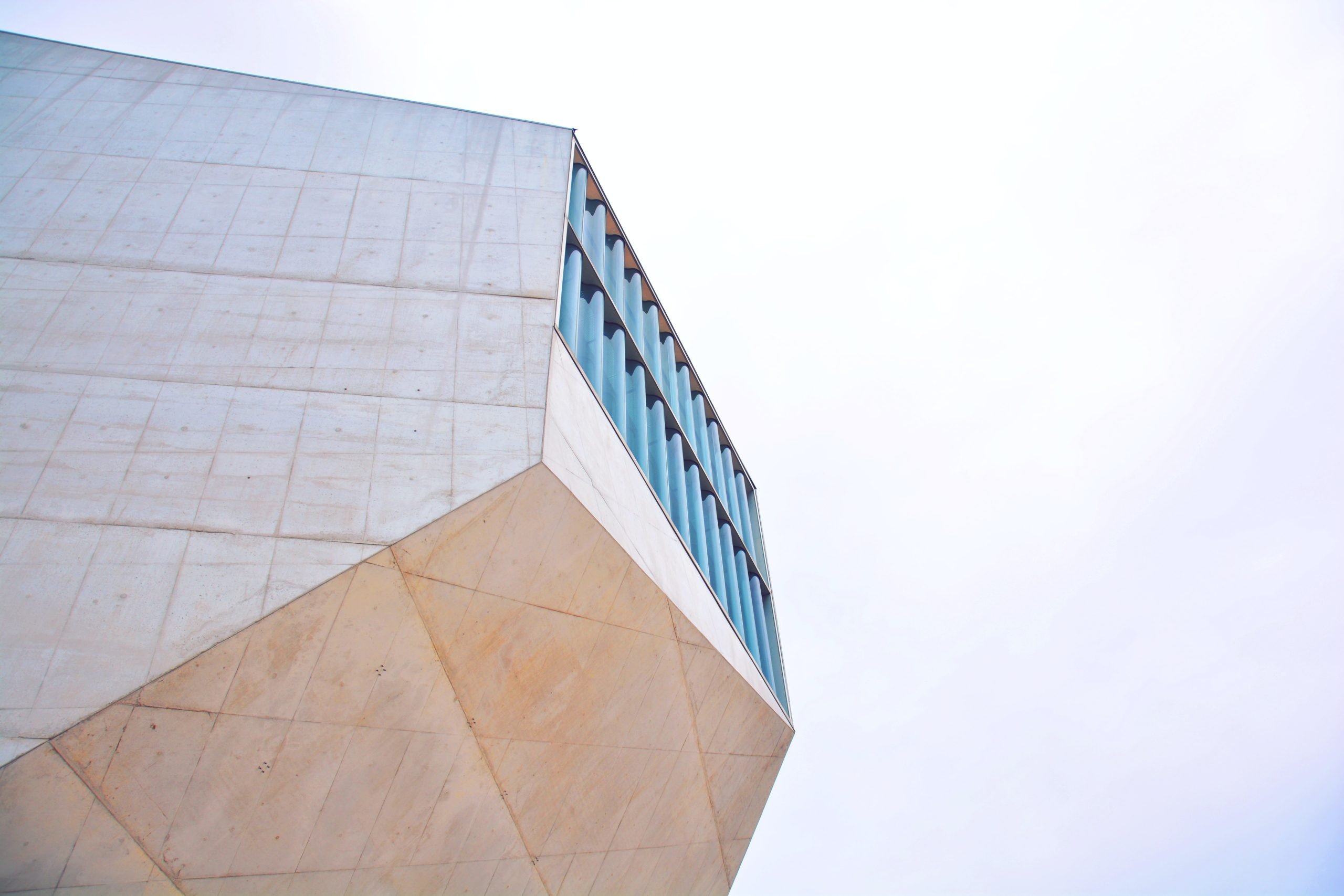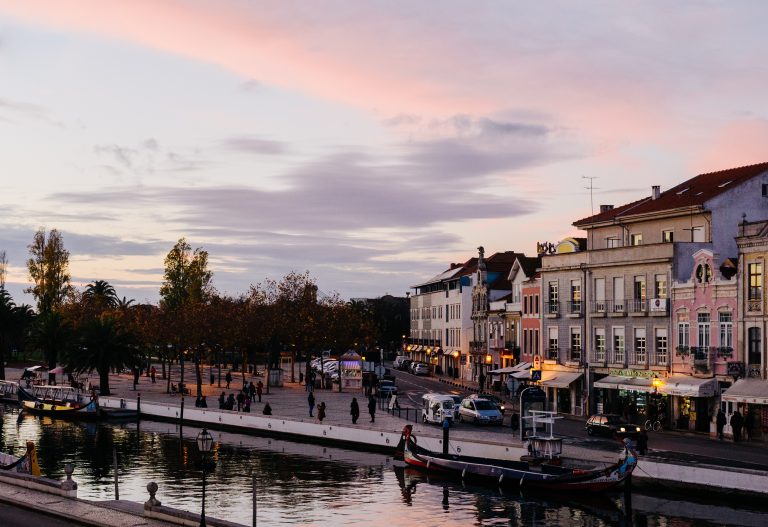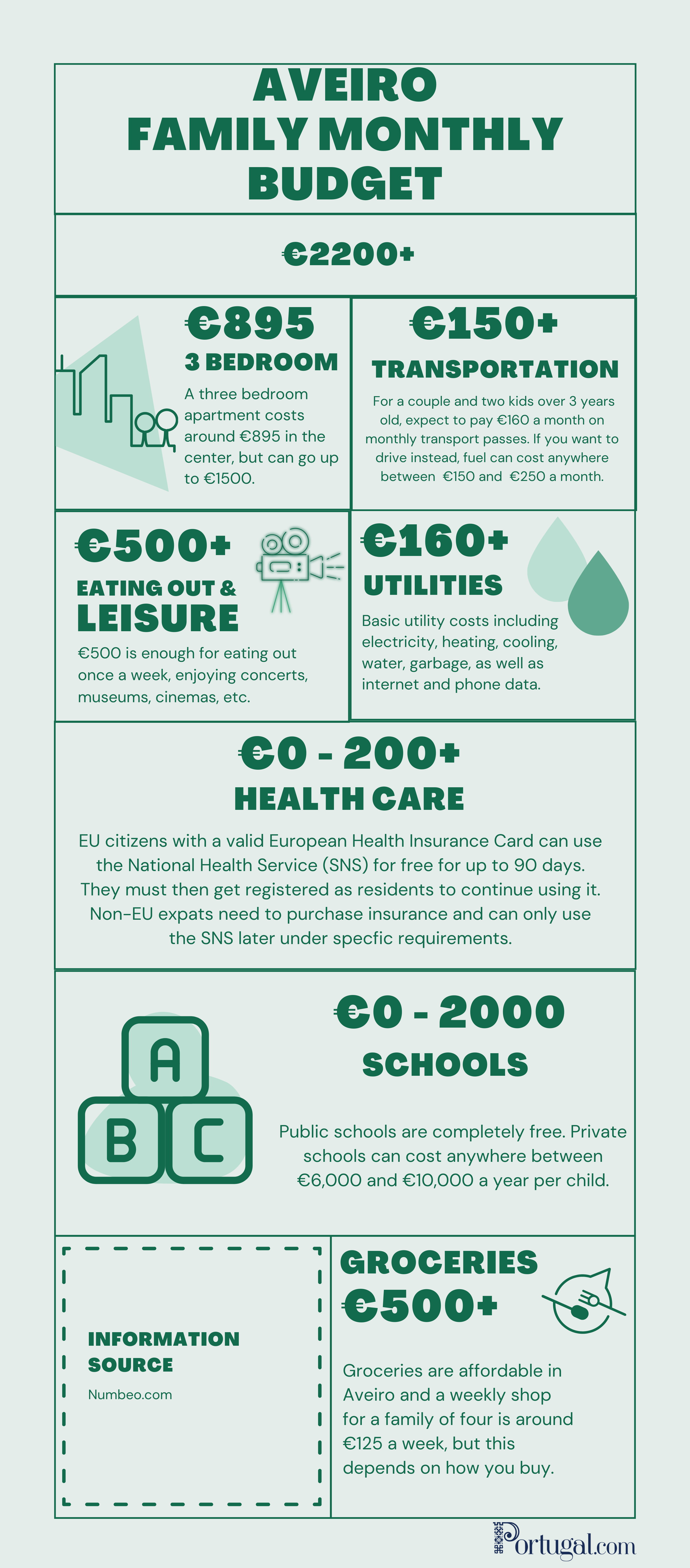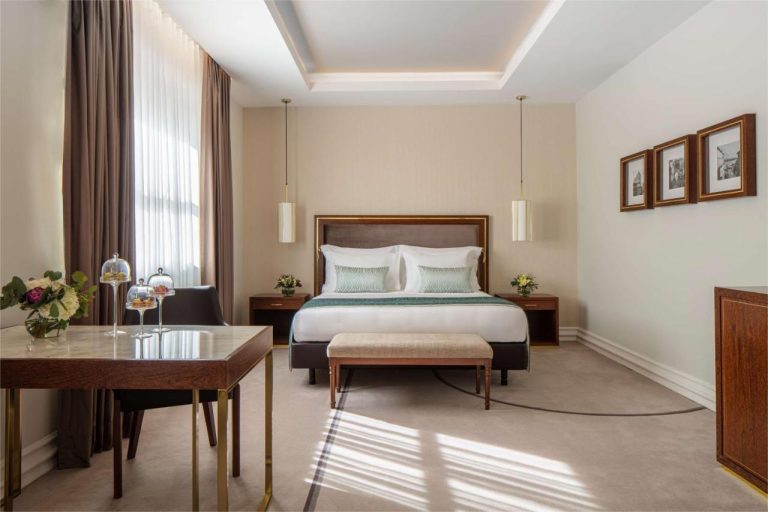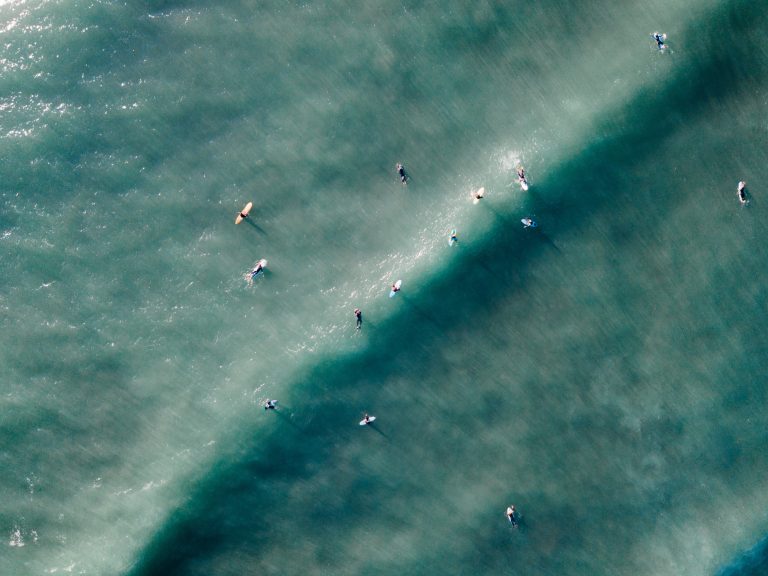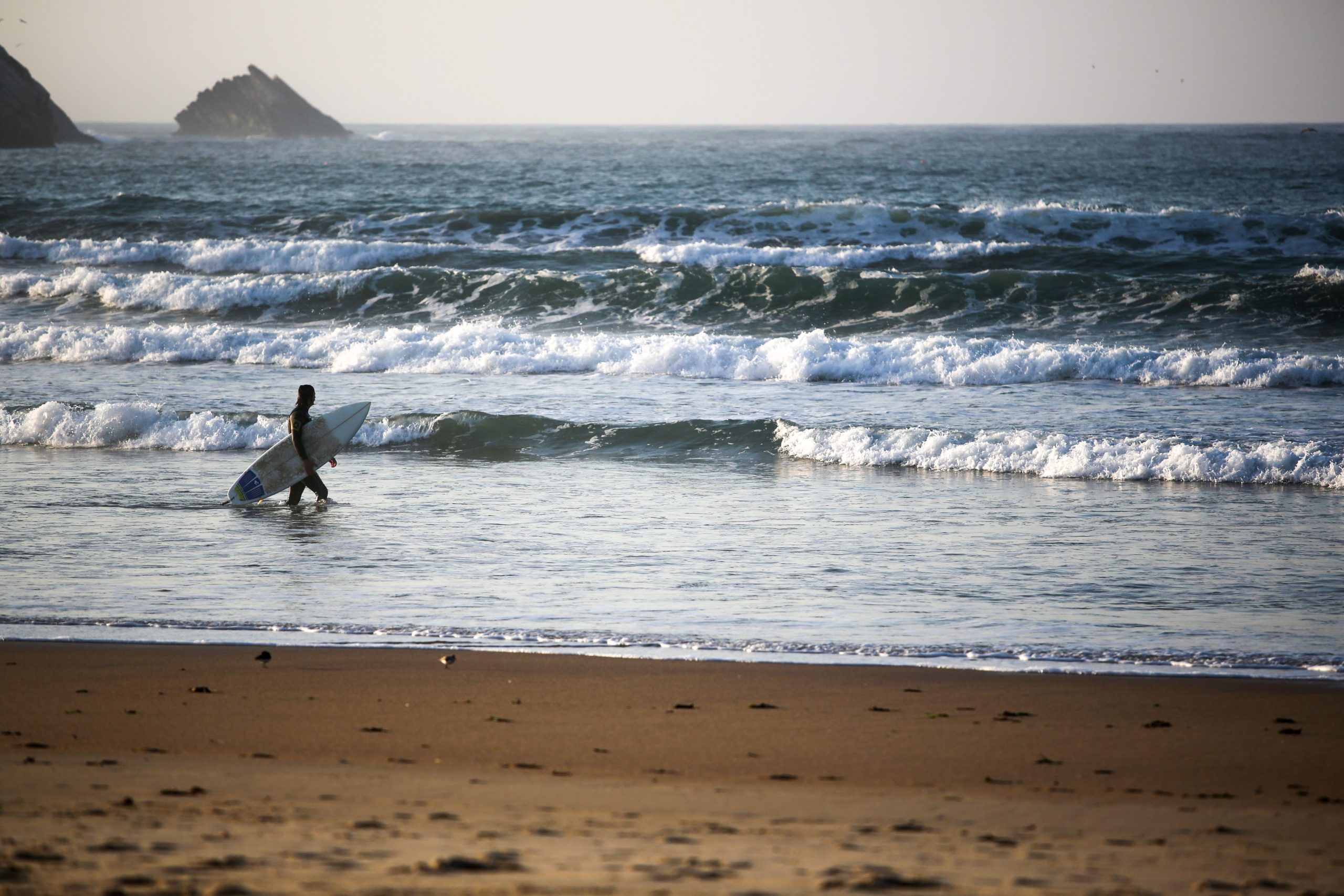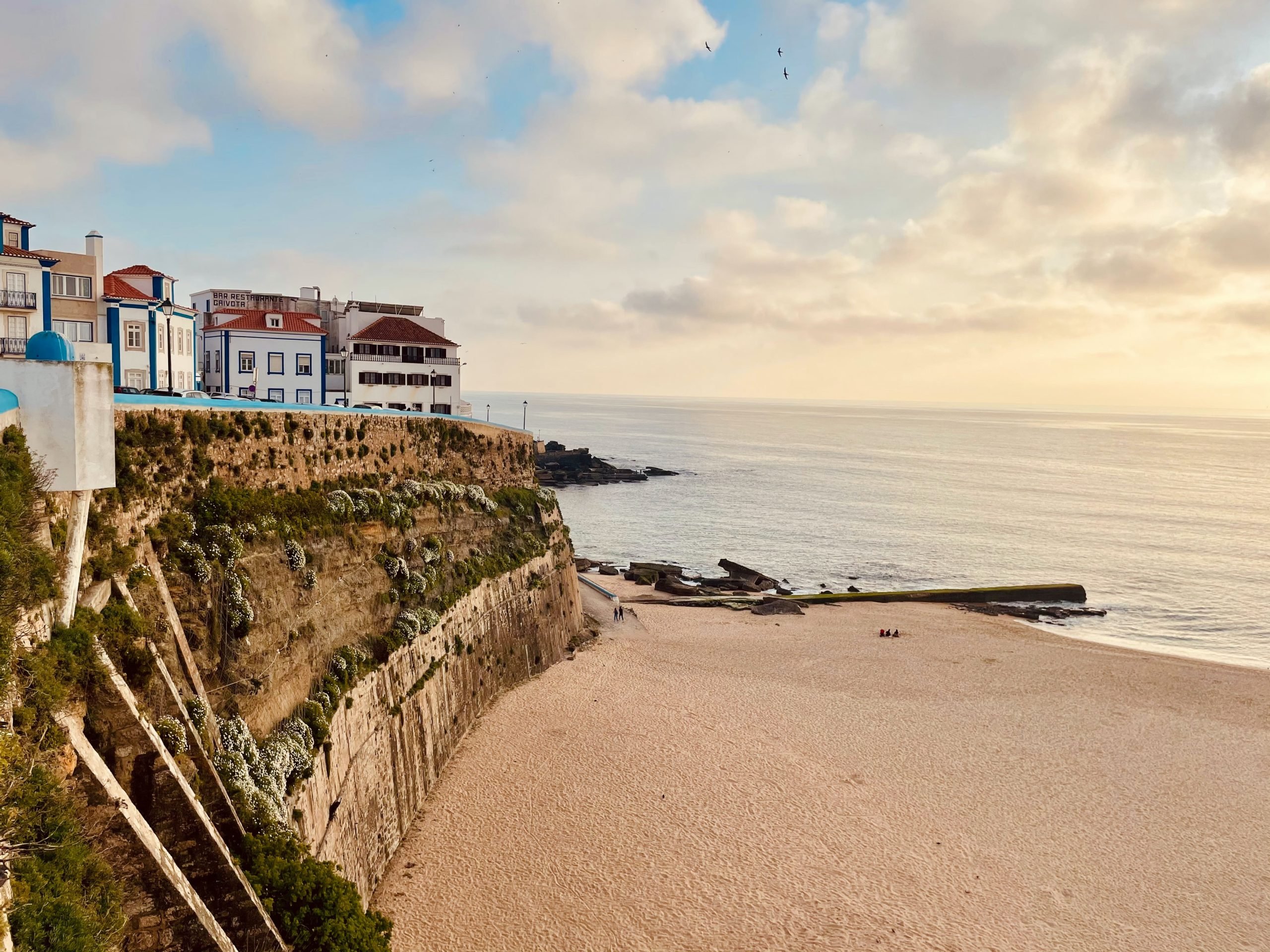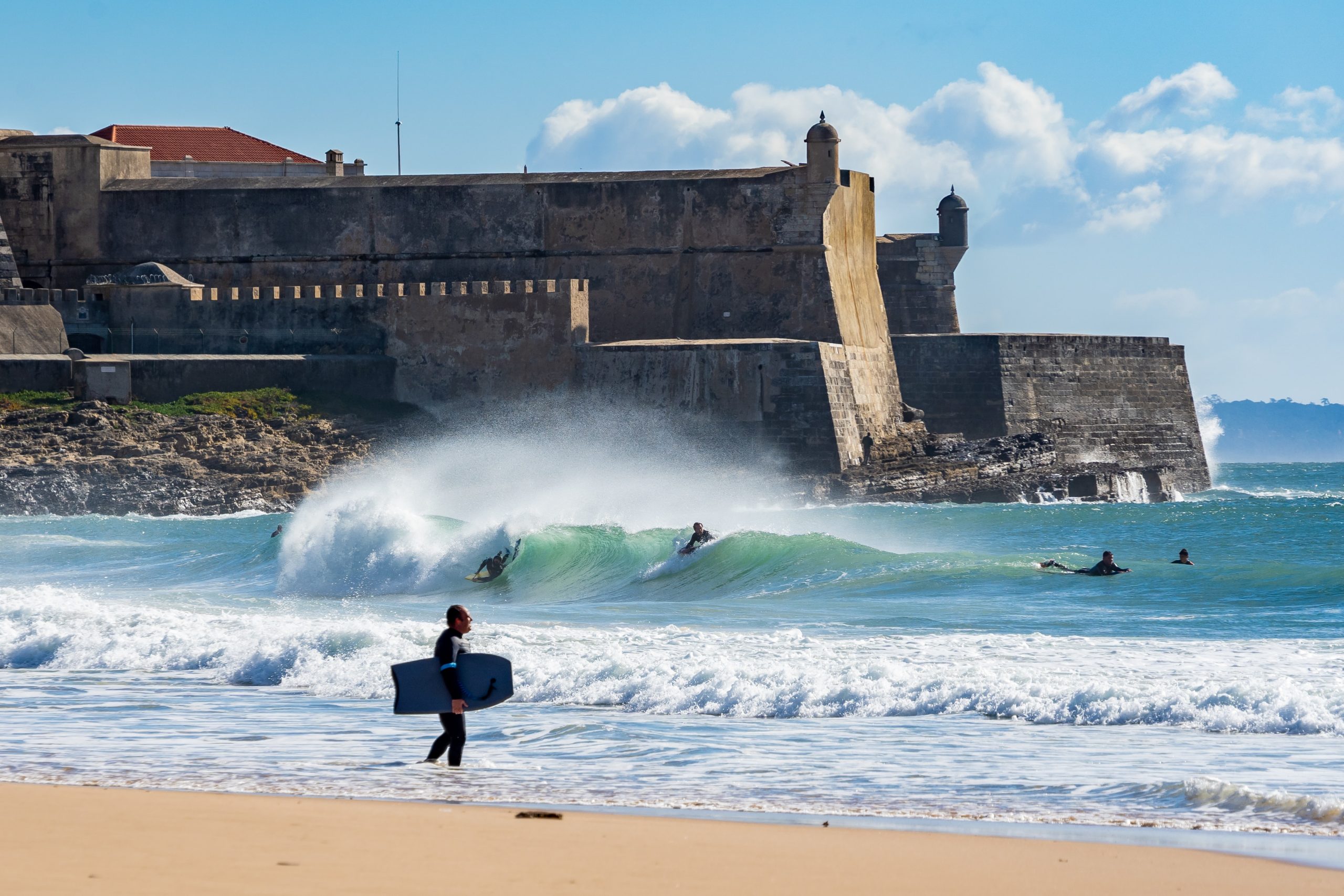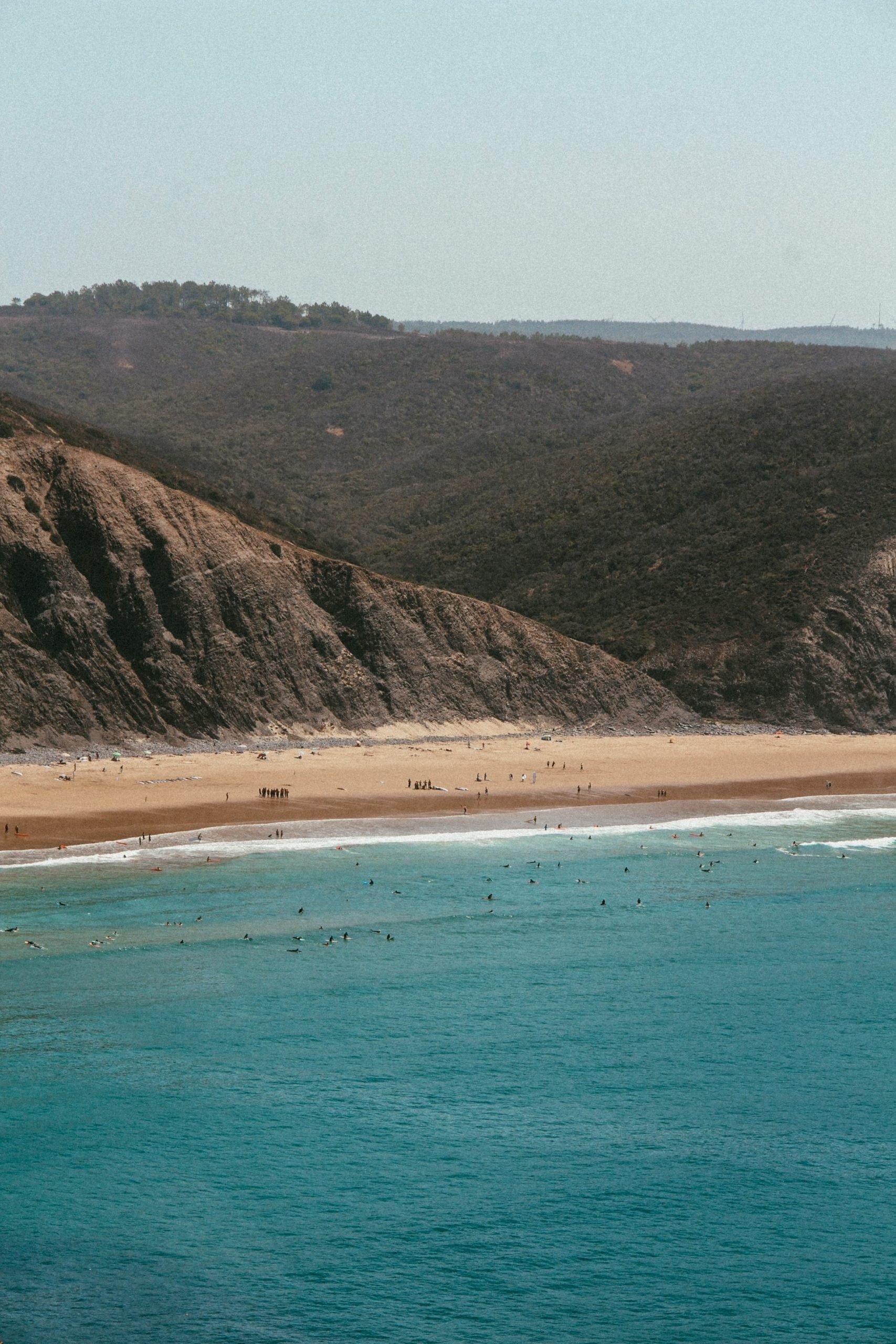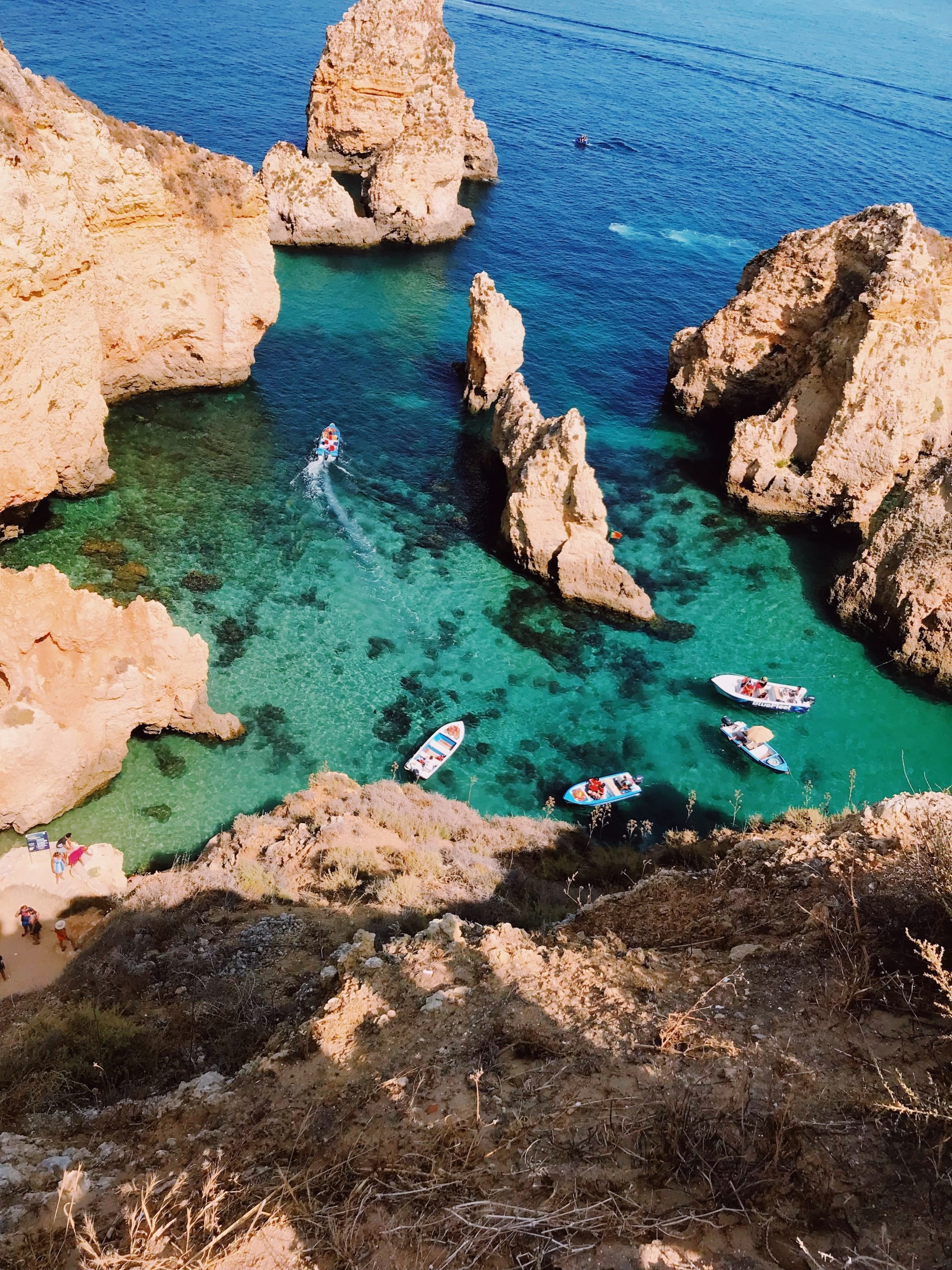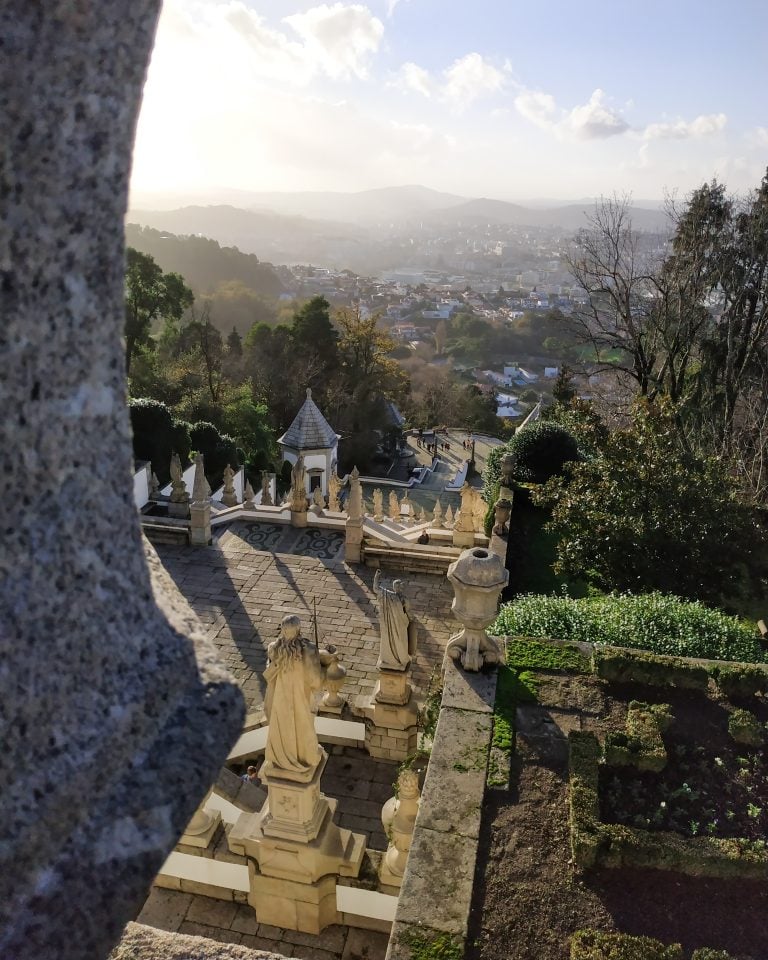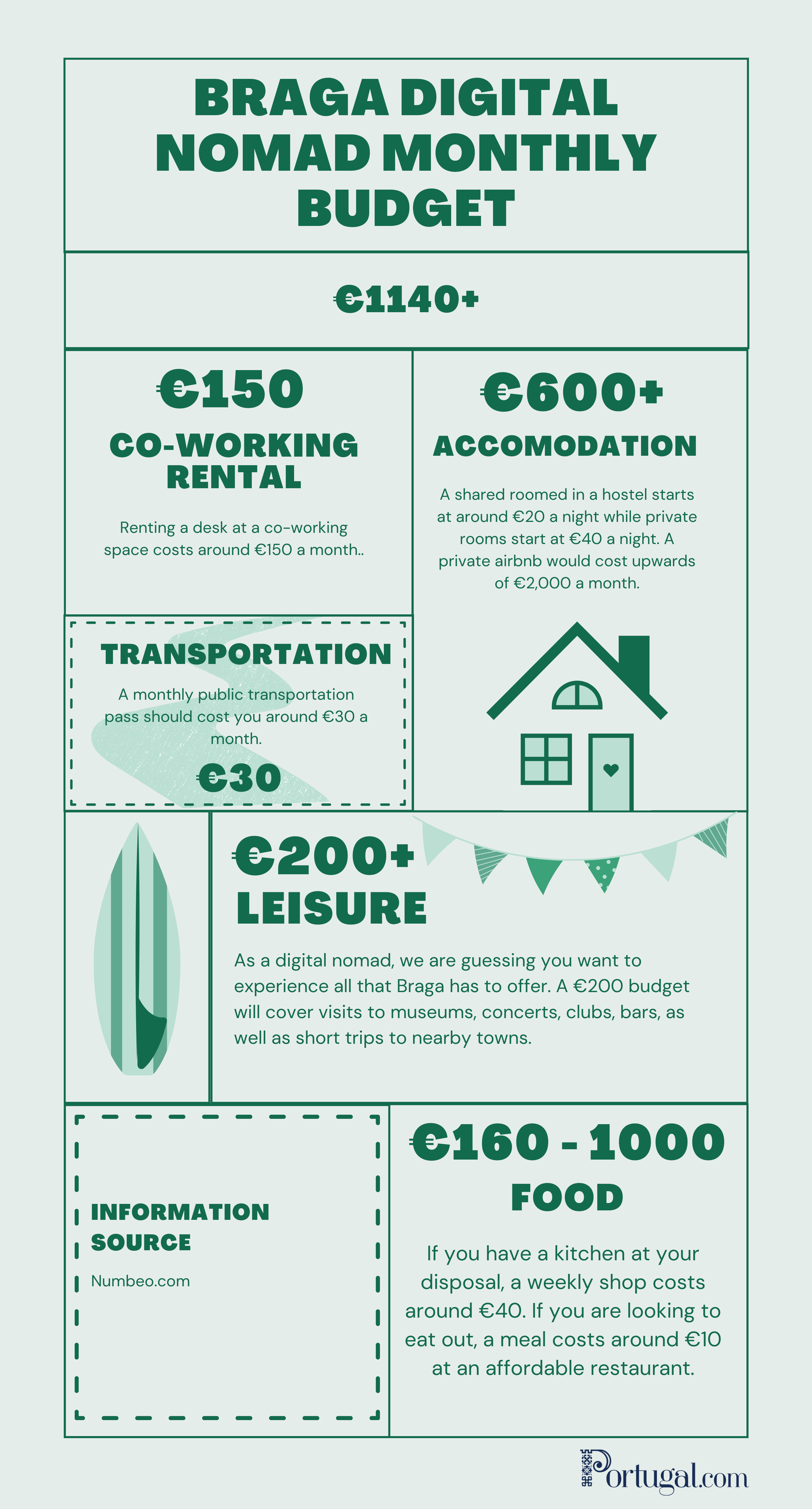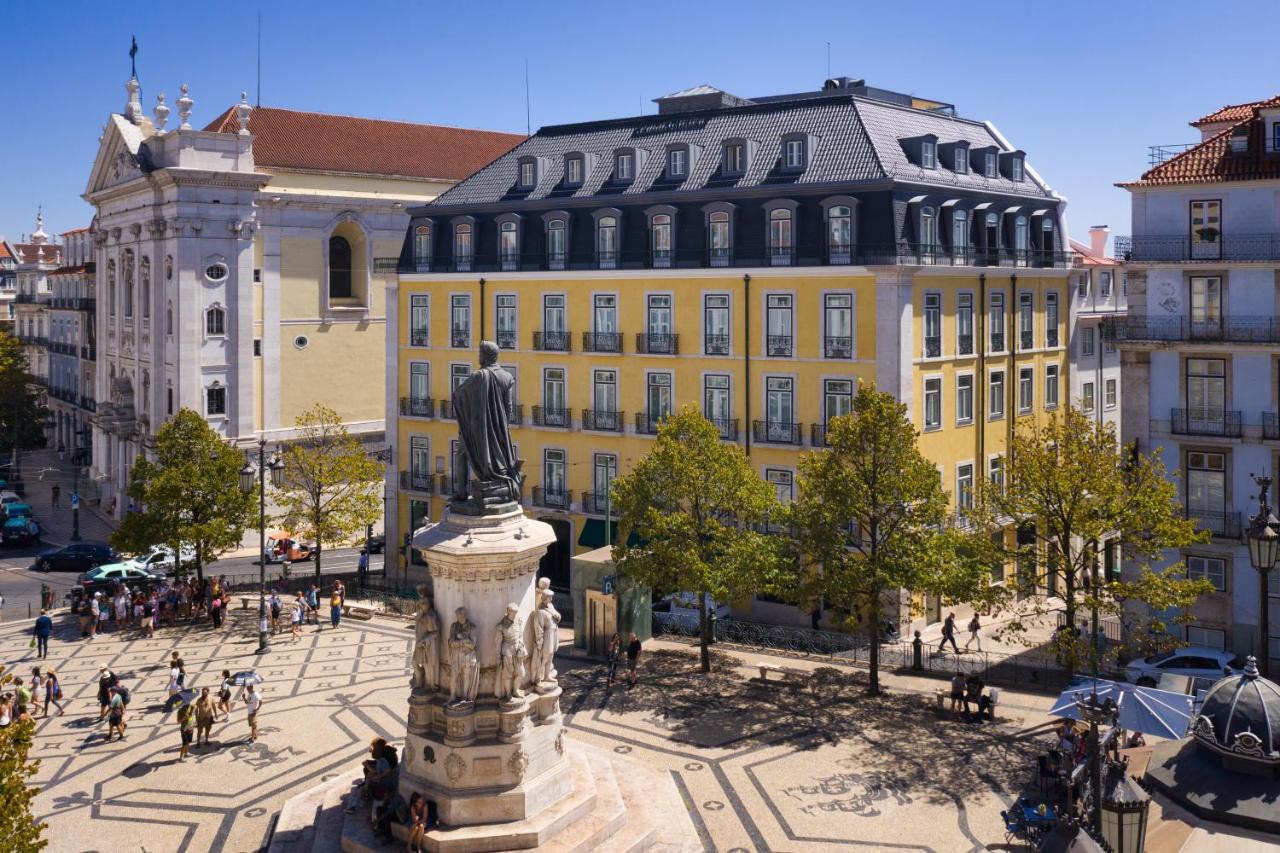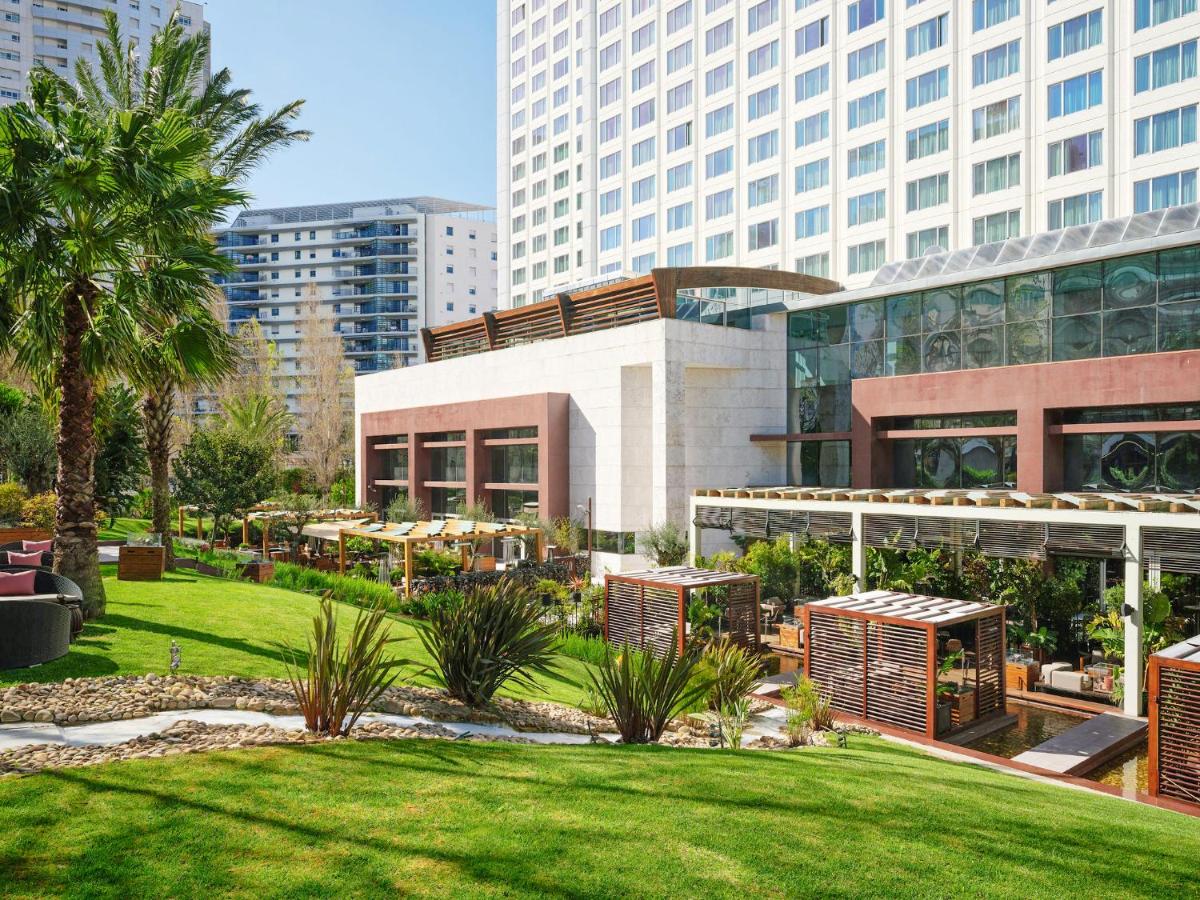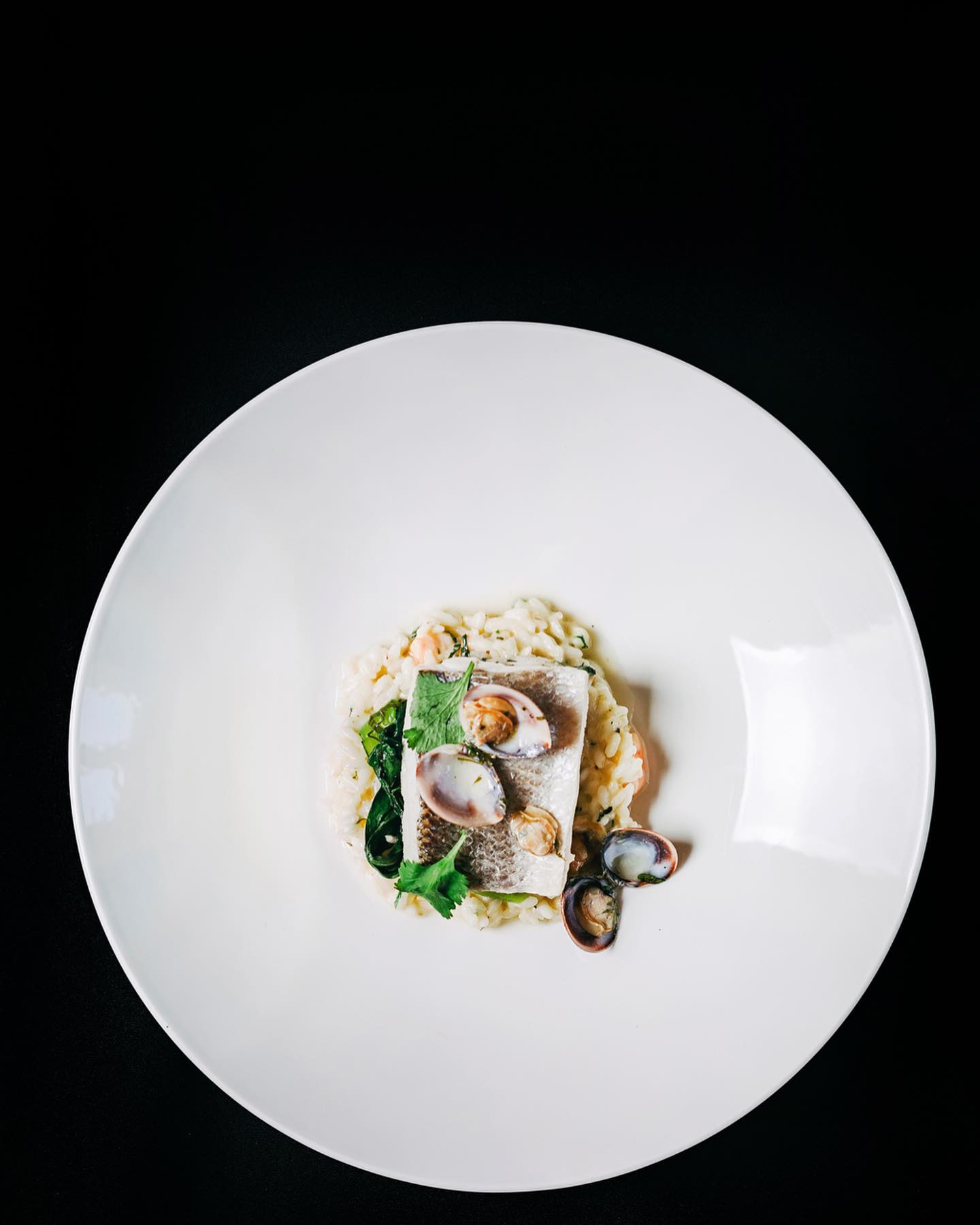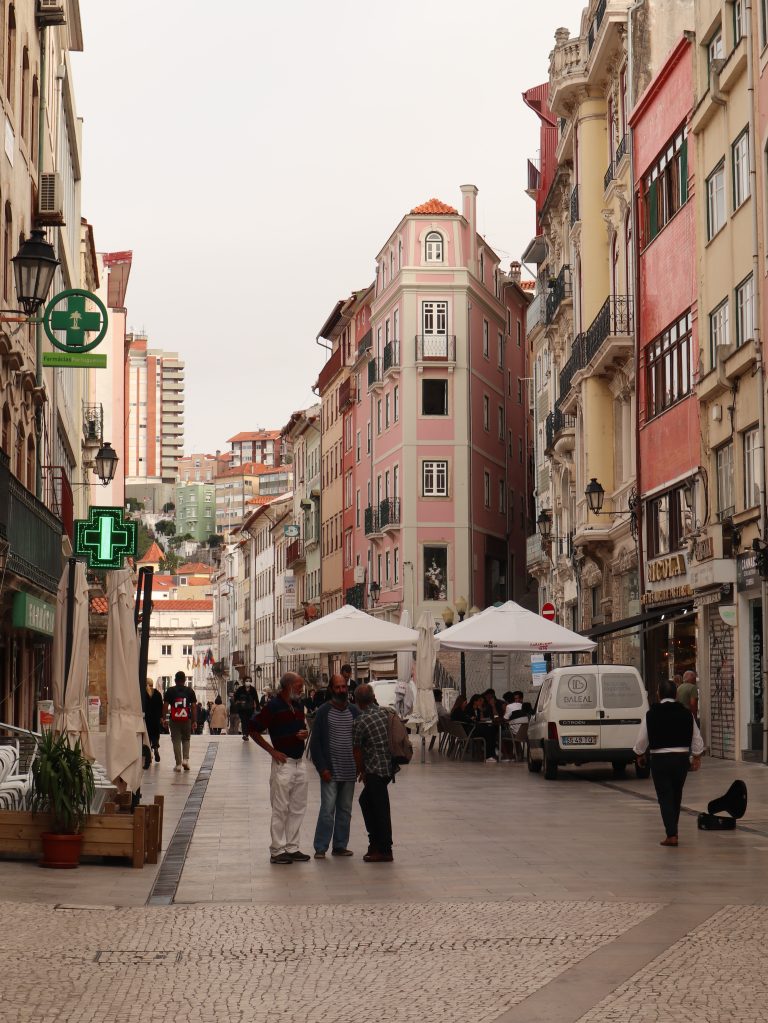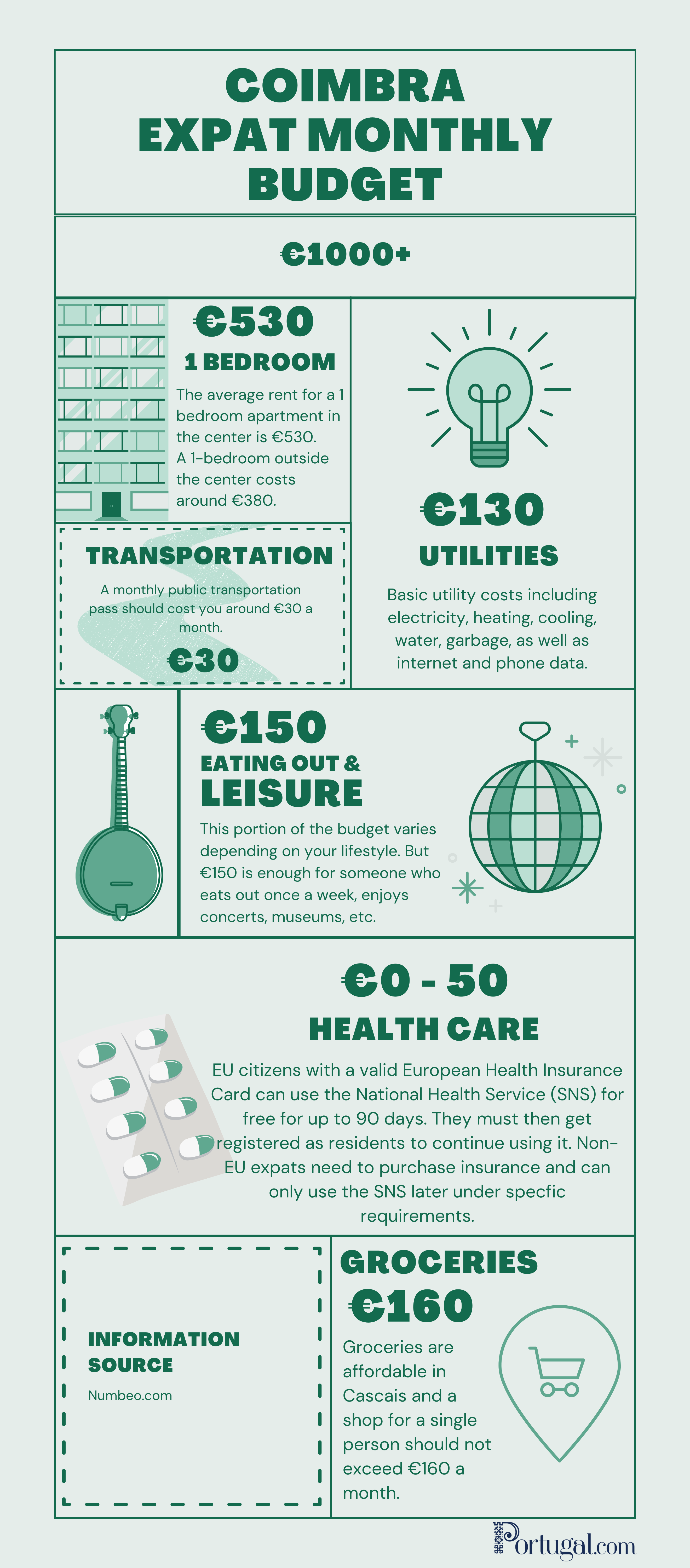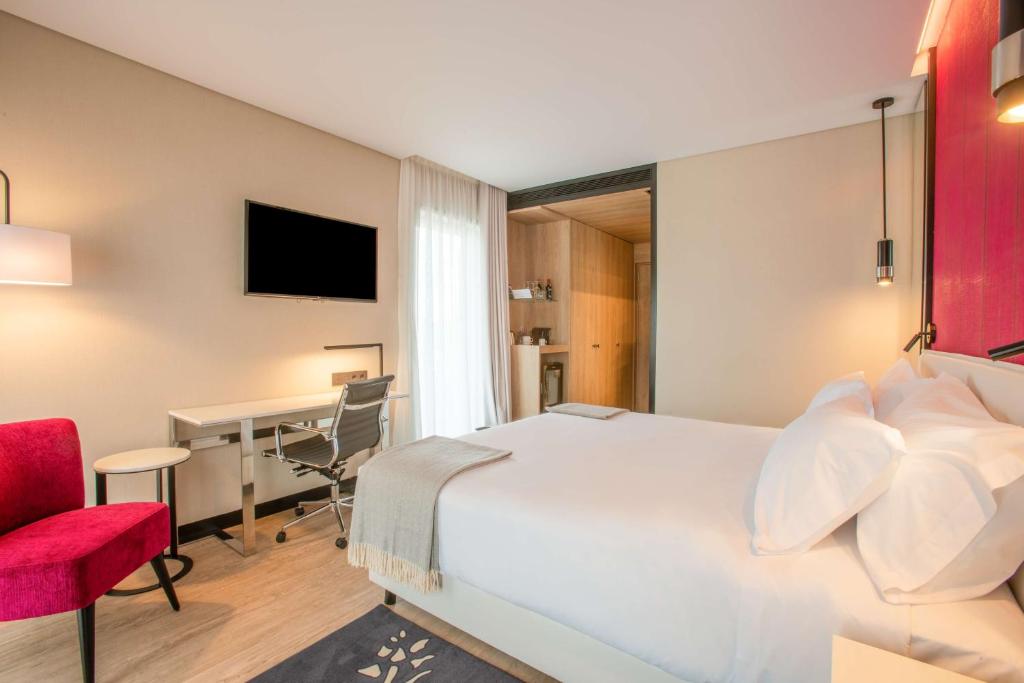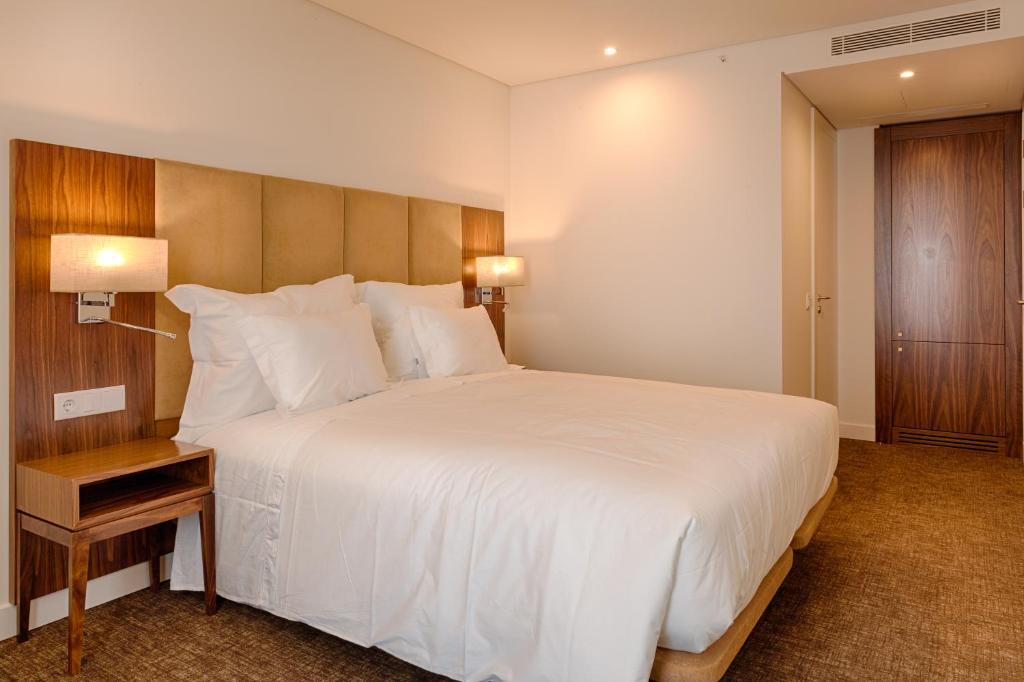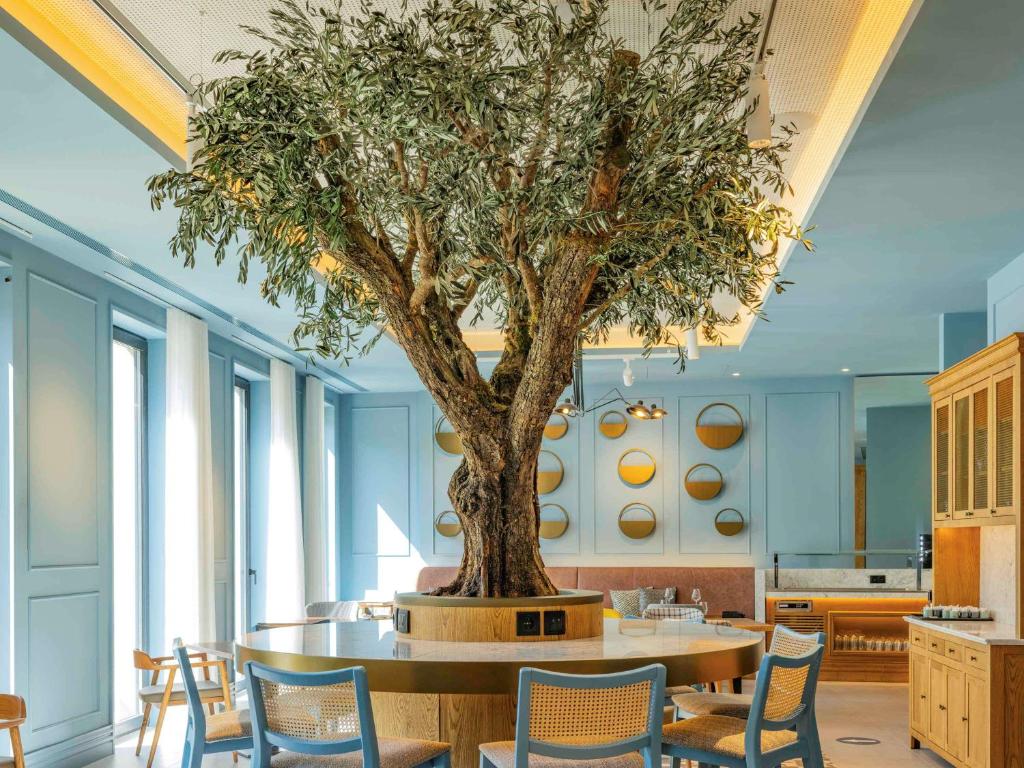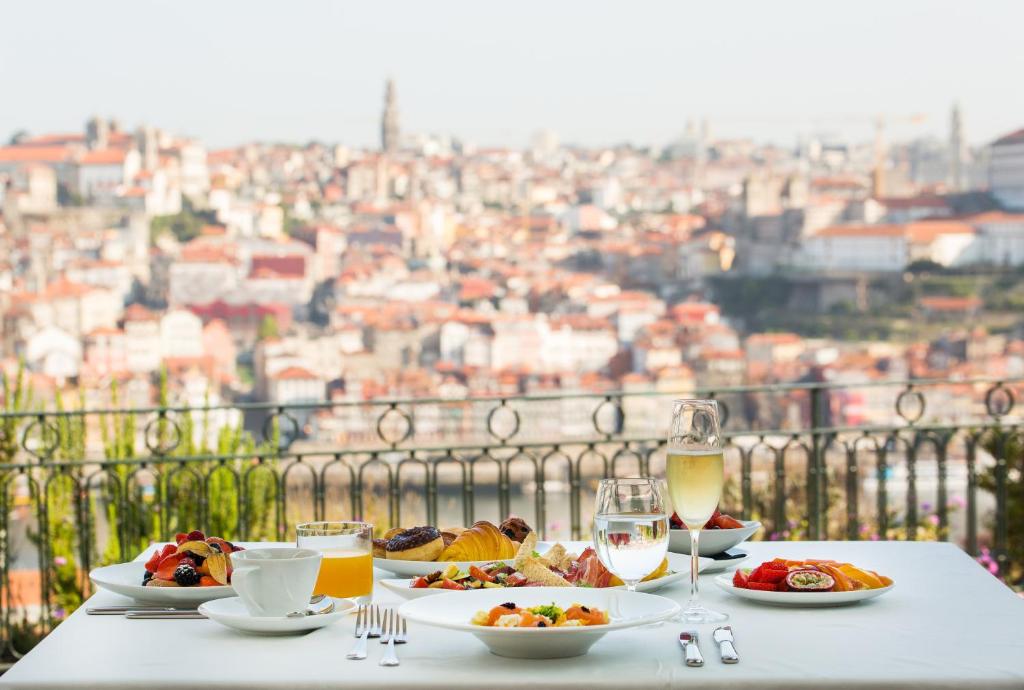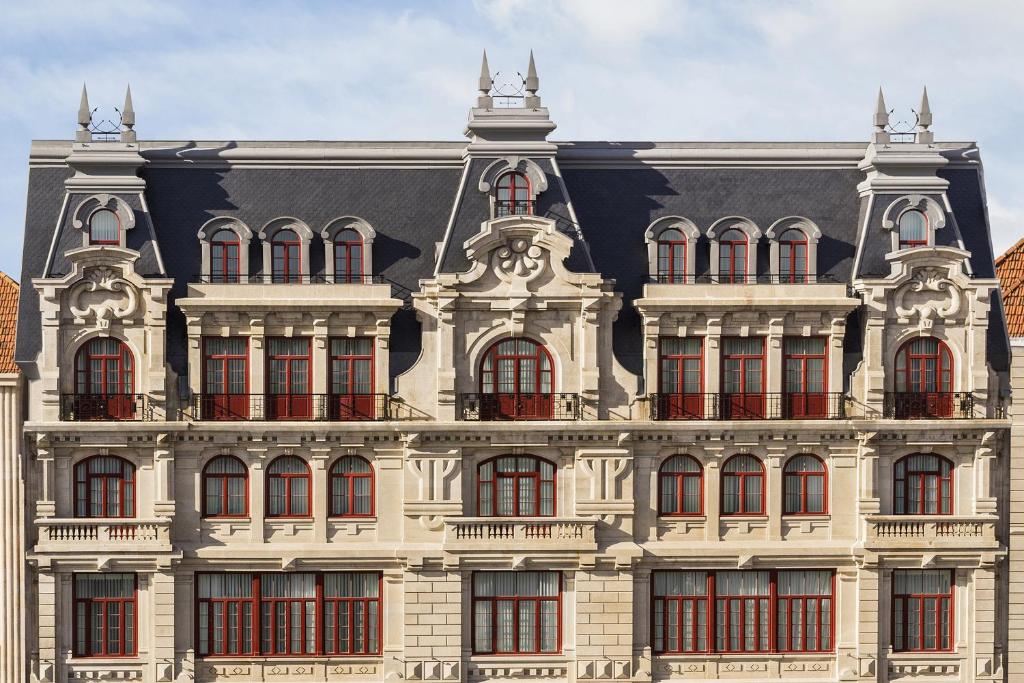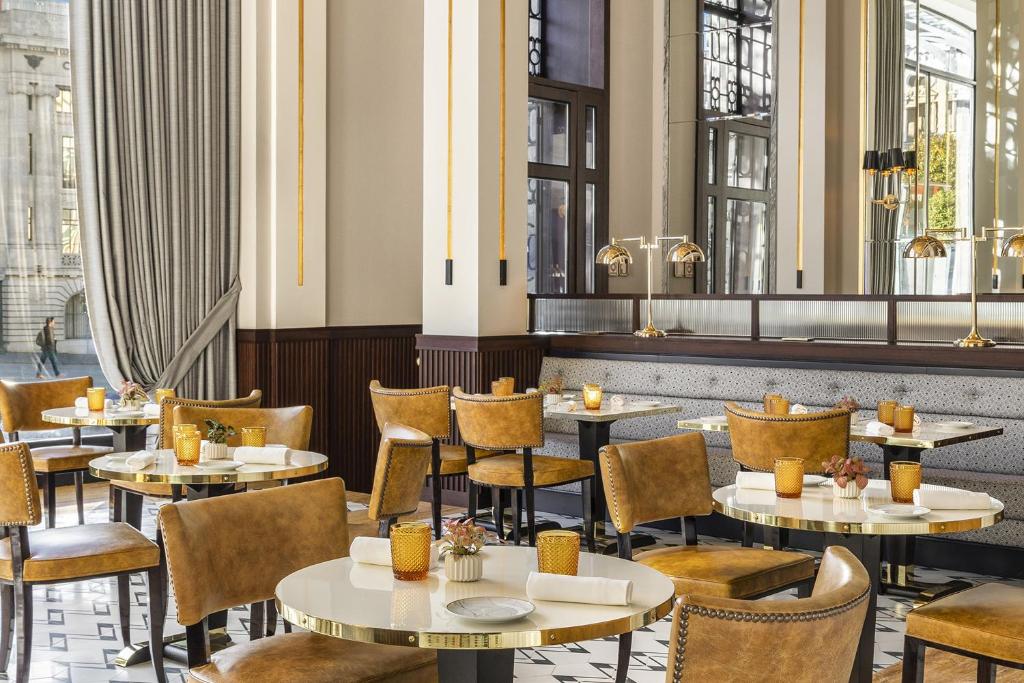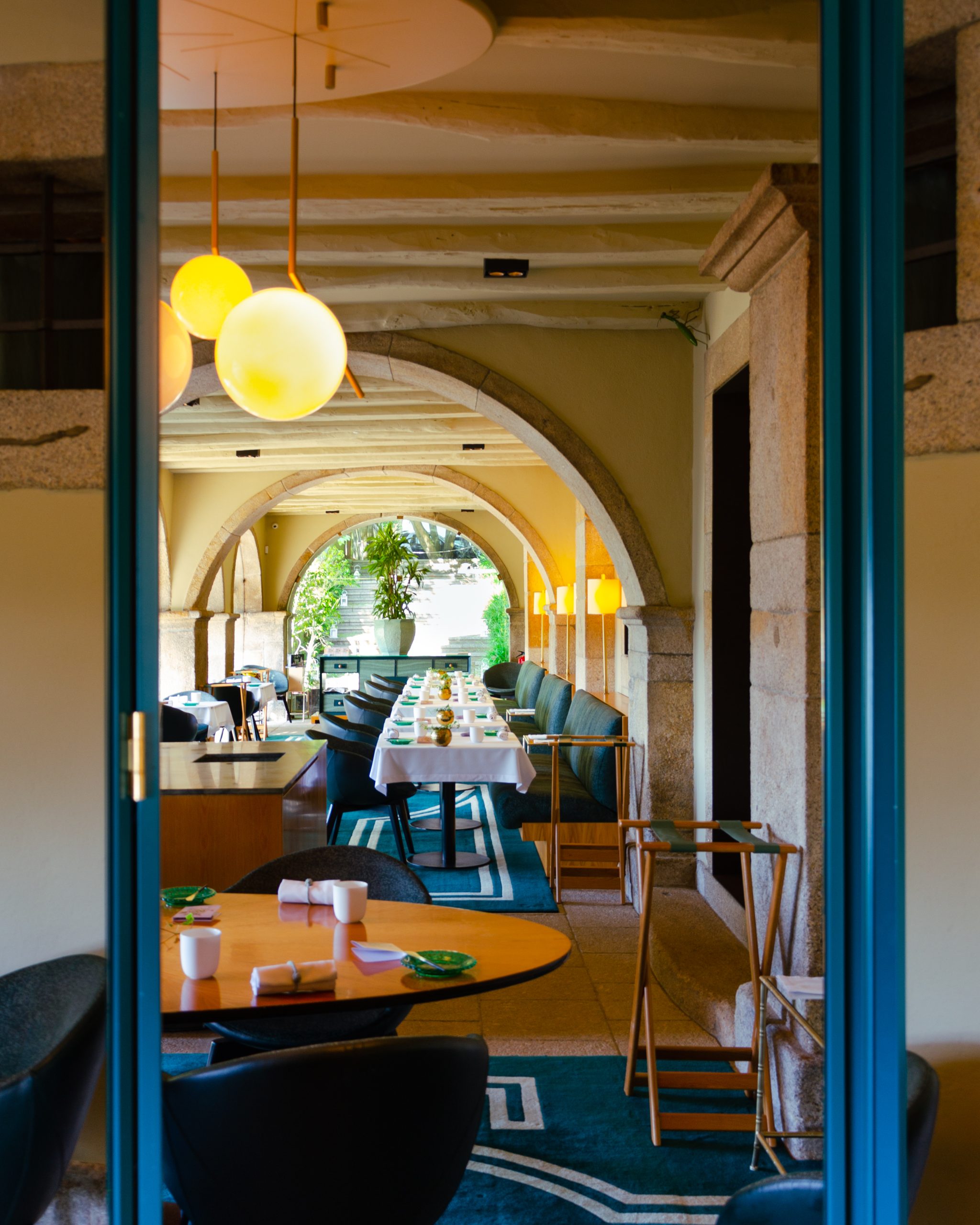From Porto to Braga, the country of Portugal features plenty of well-renowned museums. If you are planning a visit to Portugal anytime soon, there are a few museums you cannot miss. With a rich history and cultural heritage, a visit to a museum is one of the best ways to find out more about Portugal. Let’s take a look at the 9 best museums in Portugal.
1. Calouste Gulbenkian Museum
Located in Lisbon, the Gulbenkian Museum is one of the world’s best museums, housing a collection of Egyptian, Greek, Roman, Islamic, Asian, and European art. The private art collection belongs to the Calouste Gulbenkian Foundation, gathered over 40 years.
If you are an art lover, do not miss it. You will see pieces by Paula Rego, Rembrandt, Monet, and Peter Paul Rubens. The beautiful Gulbenkian gardens are also open to the public and are the perfect place for a picnic.
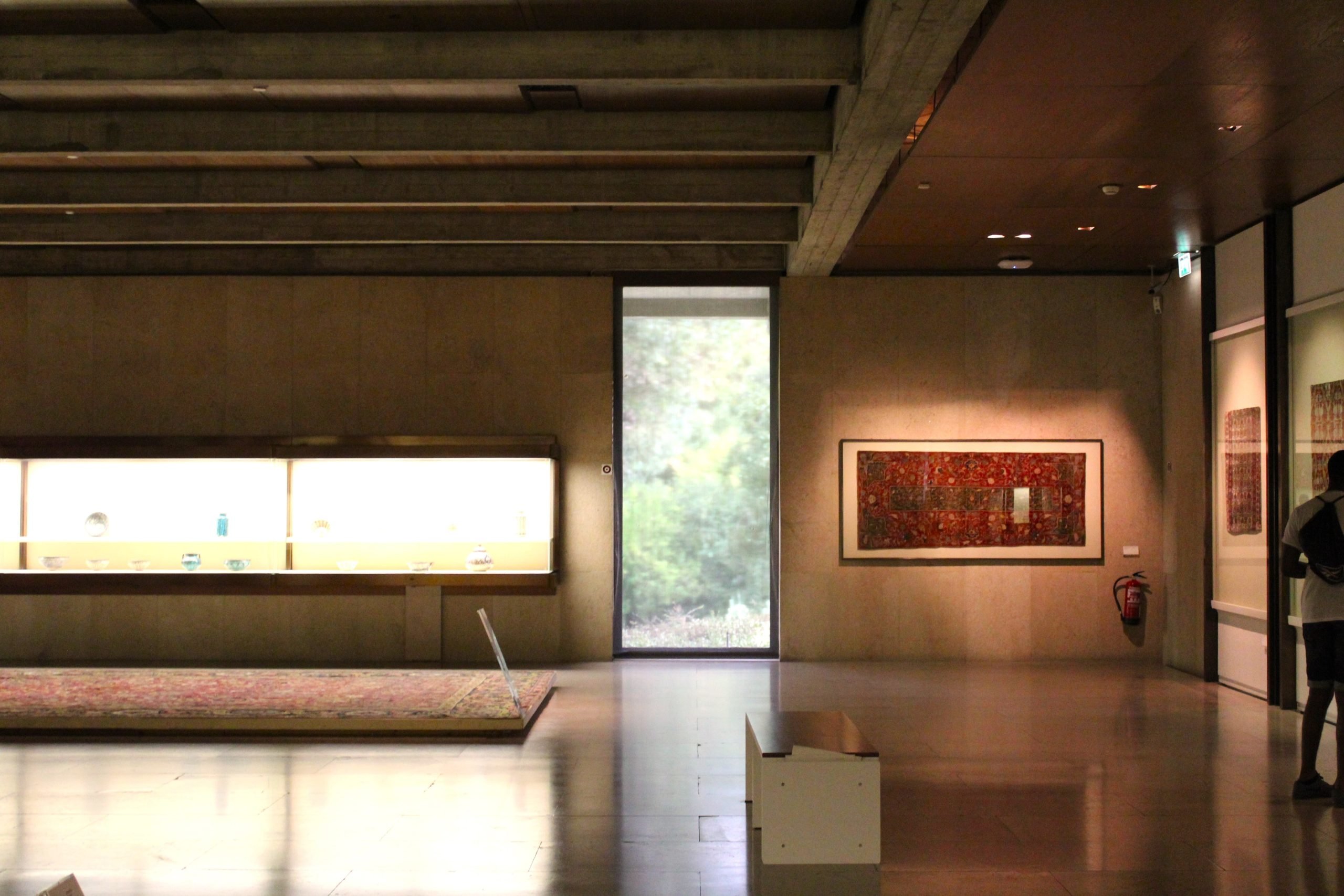
Book Calouste Gulbenkian Museum Entry Ticket
2. Serralves Museum
Serralves Museum is probably the most famous museum in all of Porto. Located on the grounds of the Serralves Estate, it actually ranks among the top 100 most visited museums globally.
Serralves Museum features 14 exhibition galleries over three stories, displaying modern and contemporary pieces from all over the globe. You will also find a cinema, library, auditorium, and restaurant. All of this is surrounded by the most beautiful green gardens!
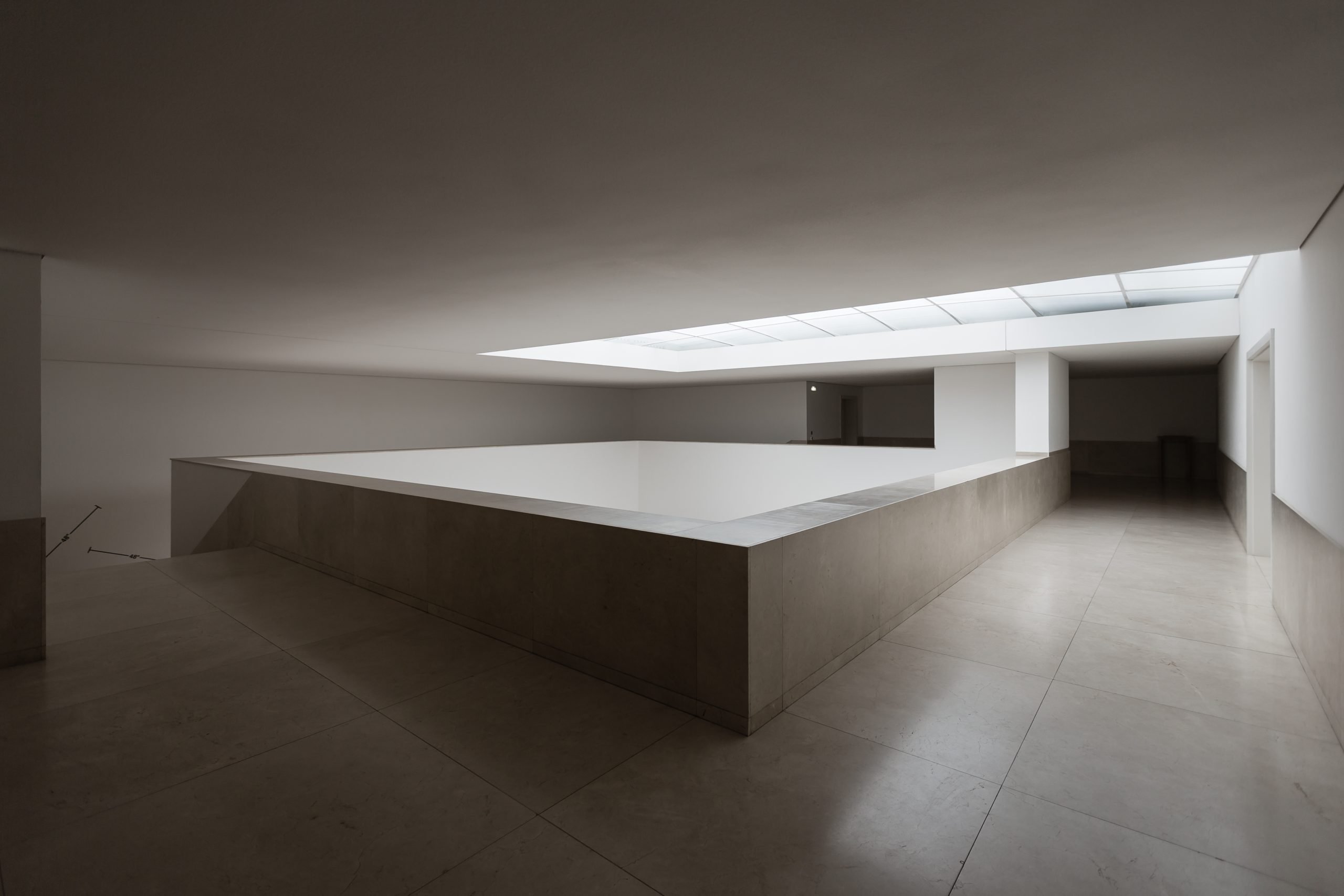
Book Serralves Museum Entry Ticket
3. Maritime Museum
Known as the Museu da Marinha, the Maritime Museum is located in Belem, Lisbon, and is administered by the Portuguese Navy. The museum is located on the neo-Manueline Western wing of the iconic Jeronimos Monastery with the National Museum of Archeology.
The life of the museum began centuries ago with 17th century King Luis I’s interest in oceanographic studies and navigation. He collected items of Portuguese maritime history, culminating in a large collection that can be seen at the Maritime Museum, which was inaugurated in 1963.
You will find historical paintings, archaeological items, and models of ships used in Portugal during the times of navigation.
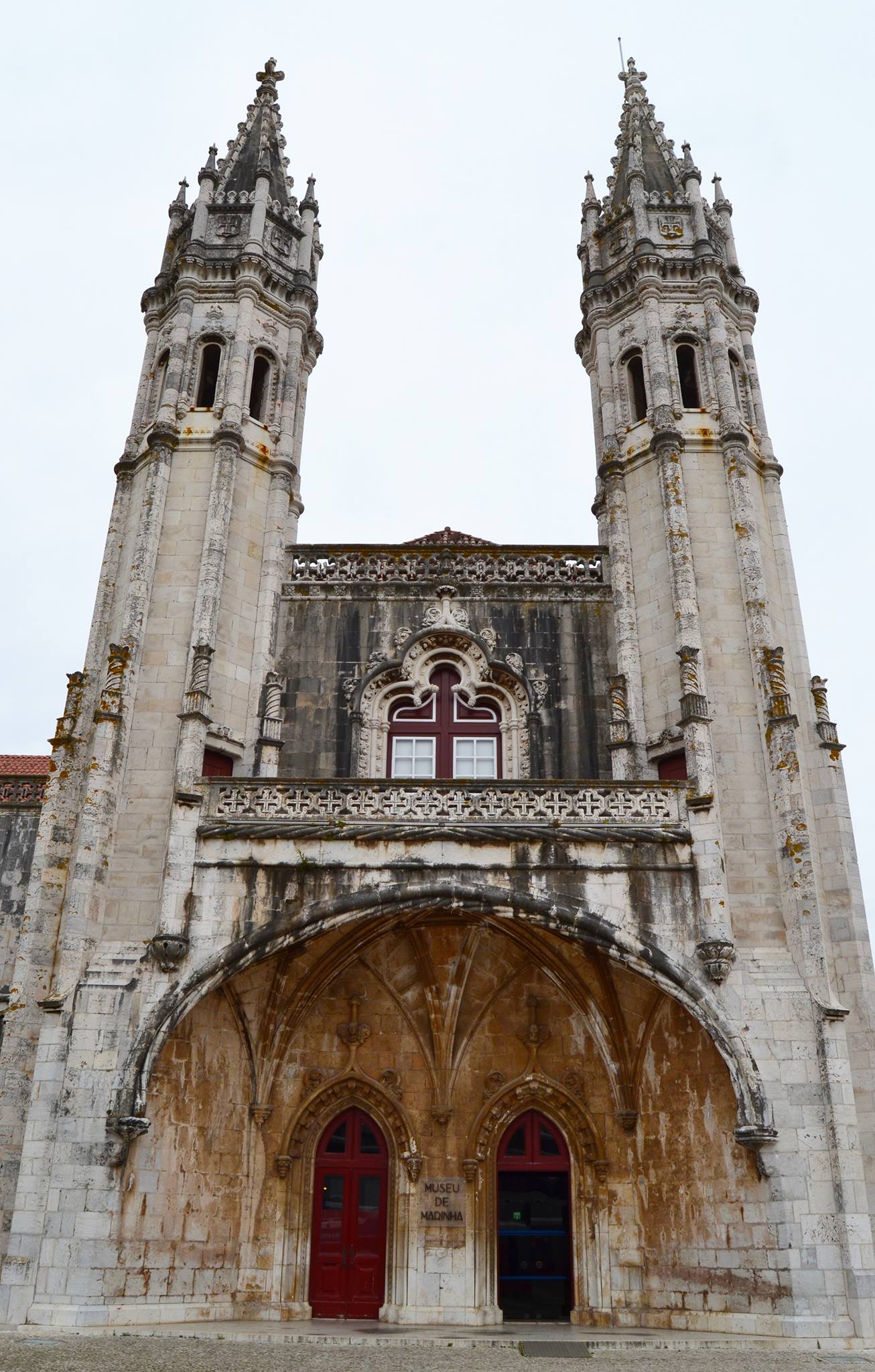
4. National Coach Museum
Known as the Museu Nacional dos Coches, this museum holds the most important collection of royal coaches in the world from the 16th to 19th centuries. The National Coach Museum opened in 1905 in Lisbon by Queen Amélia of Orleans and Bragança, the Princess of France married to King Carlos I of Portugal.
Today, the museum’s unique collection of 9,000 objects has made it one of the most visited museums in Portugal. These include horse-drawn coaches that once belonged to Philip II of Spain in the 16th century and carriages that belonged to Pope Clement XI.

5. Coleção Berardo
Located in the Belem Cultural Center, Berardo Collection Museum opened in 2007. Ever since, it has been one of the most impressive museums in Portugal. There are around 1000 pieces in the collection, starting in the 20th century.
The initial collection from 2007 had around 860 pieces and was valued by Christie’s at 316 million euros.
The collection focuses mostly on European and American art, including Mondrian, Duchamp, Paula Rego, and more, across two floors.
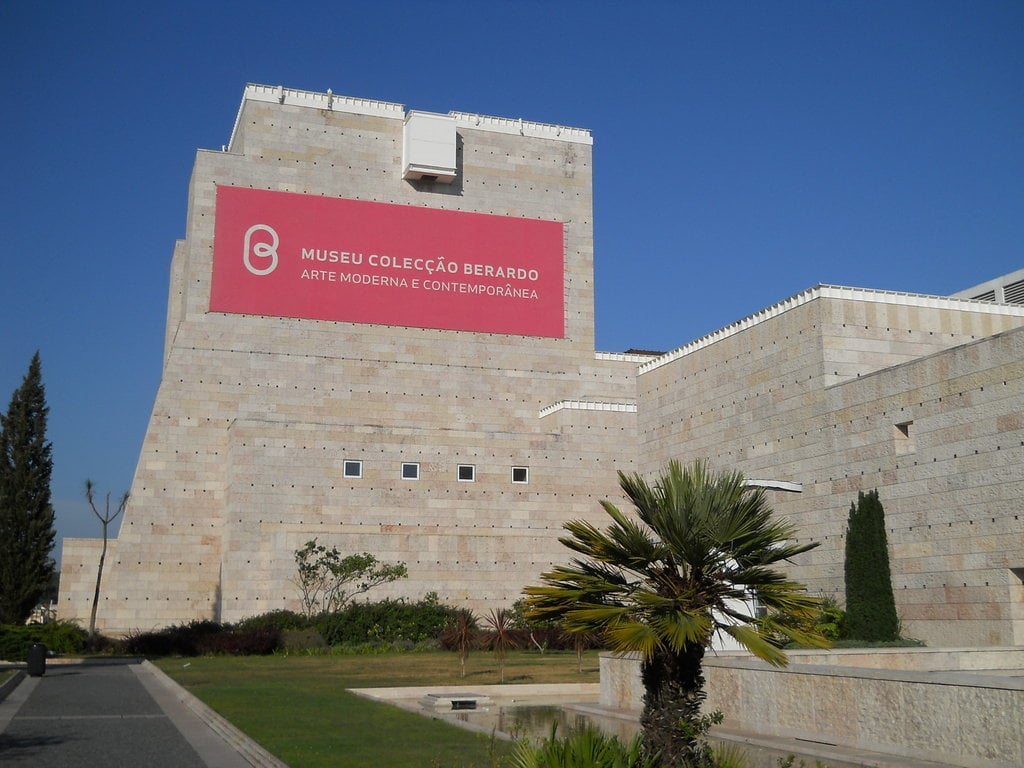
Book Museu Colecao Berardo Entry Ticket
6. MAAT
Founded on October 2016 in Lisbon, the Museum of Art, Architecture, and Technology (MAAT) is an innovative project designed by Amanda Levete Architects’ studio and Central Tejo Power Station. With impressive architecture, the outside of this building is art itself.
Inside, you will find four exhibition spaces: the Galeria Oval, the Galeria Principal, the Video Room, and Project Room. You will find national and international exhibitions at MAAT from artists, architects, and contemporary thinkers about current themes.
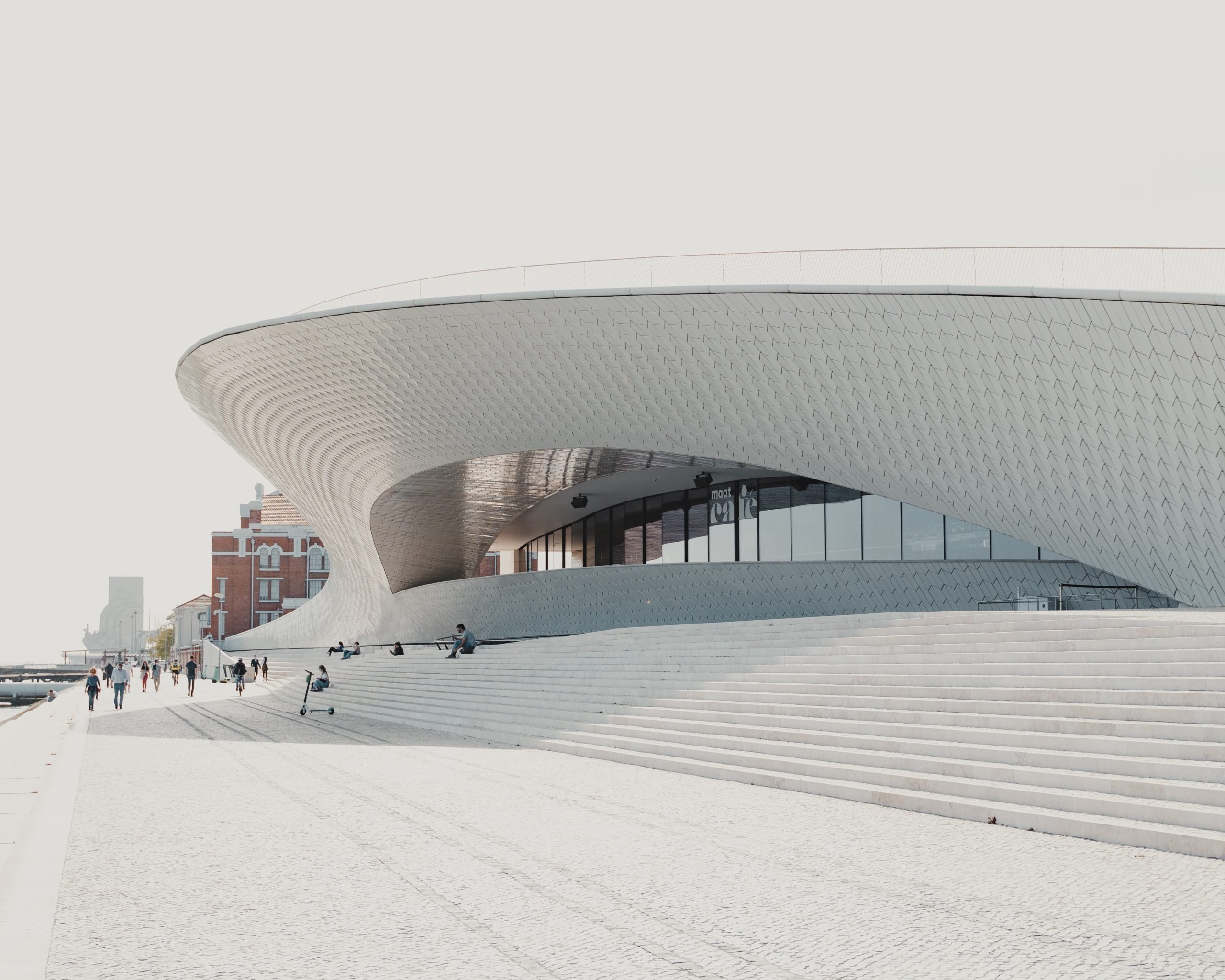
7. Museum of the Sanctuary of Fatima
Founded in 1955, the Museum of the Shrine of Fatima holds permanent exhibitions at the Sanctuary of Fatima: Fatima Light and Peace, The House-Museum of Aljustrel, and other temporary exhibitions.
The Fatima Light and Peace includes the crown of the statue of Fatima, offerings made by the pilgrims, and more. House-Museum of Aljustrel is a house that once belonged to Lucia’s godmother, allowing you to see how the local population lived in the 20th century.
The museum is located in the Sanctuary of Fatima. The Sanctuary of Our Lady of Fátima, a site with Catholic religious buildings was built in the place where three children were allegedly visited by the Virgin Mary.
The first building was built in 1919 by the locals and others developed over the decades. The sanctuary was officially consecrated in 1953 and a year later, it was given the title of Basilica by Pope Piux XXI.
Today, the Sanctuary of Our Lady of Fátima has multiple religious buildings, monuments, and statues of saints.
8. Image Museum
Located in Braga, the Image Museum is dedicated to photography within a beautiful medieval tower which opened in 1996. The Image Museum has over 200,000 images taken by classic and contemporary photographers.
You will also find a display of cameras from throughout the decades, as well as a library with magazines and photography books.
9. Casa da Musica
Casa Da Musica (House of Music) is an iconic concert hall in the historical center of Porto, built in 2005. Designed by architect Rem Koolhaas, Casa da Musica features a resident orchestra and also hosts top international orchestras from all over the world. You can get a tour inside this architectural beauty, as well as enjoy its facade that is covered in white cement and plane glass windows.
